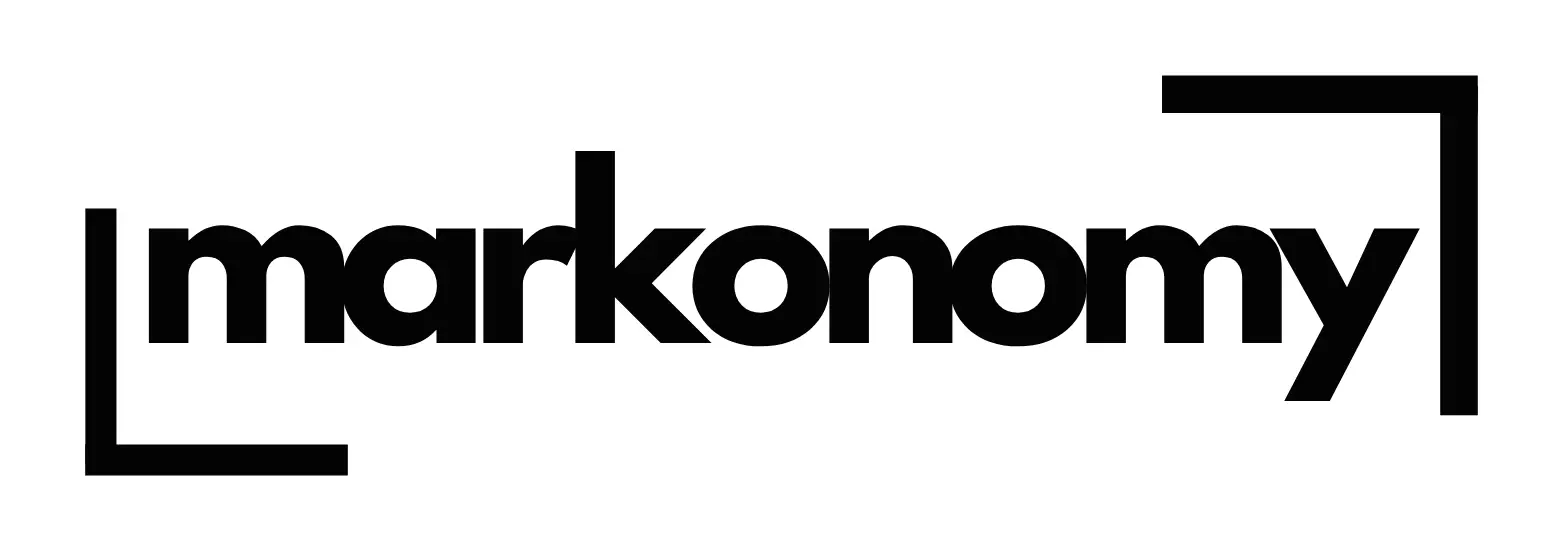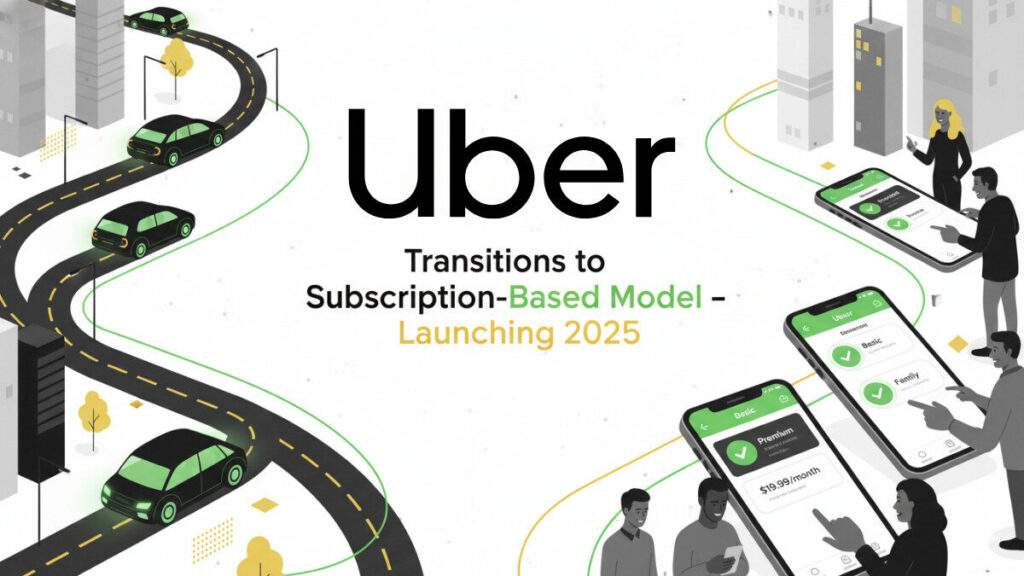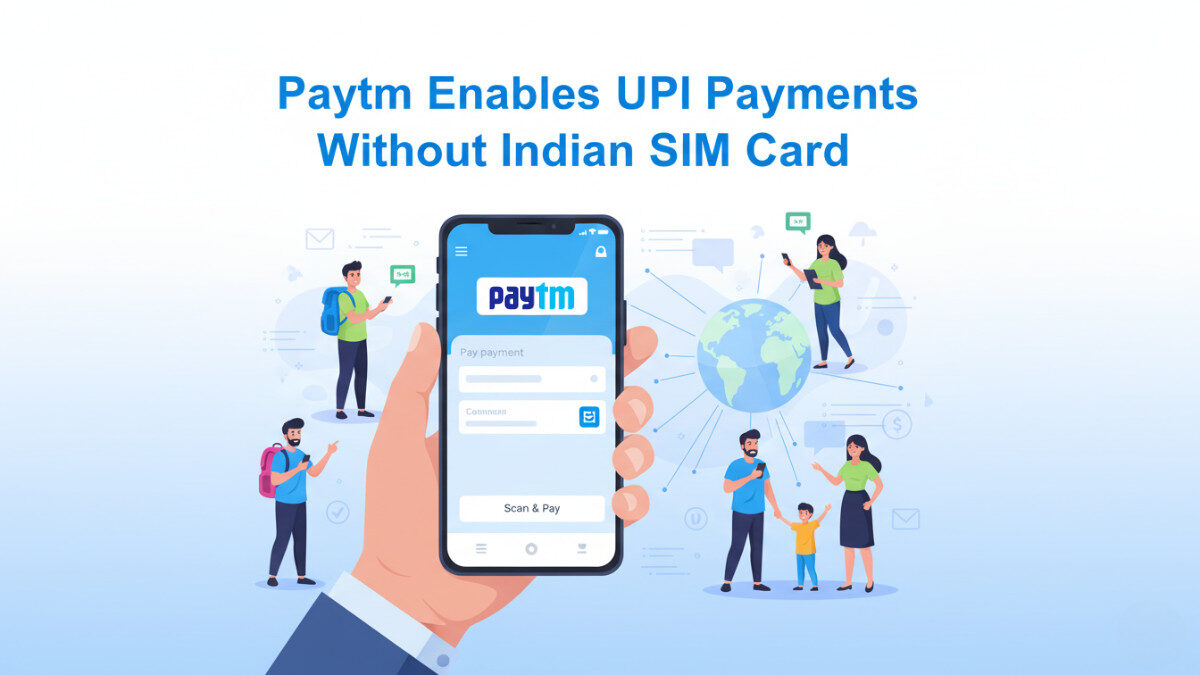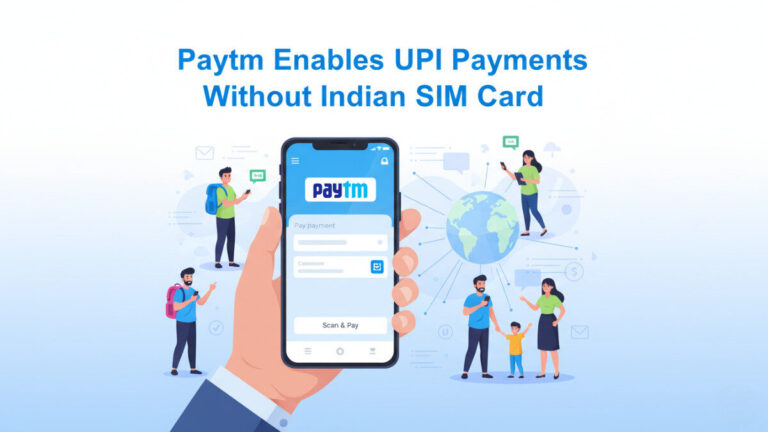Uber is set to make a major change in India’s ride-hailing market. Starting in 2025, the company will introduce a subscription-based model for its users. This means that instead of paying per ride, customers can subscribe monthly or yearly for different plans that include discounted rides, zero surge pricing, priority pickups, and exclusive benefits.
The move is part of Uber’s strategy to increase user loyalty and create a predictable revenue stream, as the competition from Ola and other local players intensifies.
Summary Table
| Key Detail | Information |
|---|---|
| Company | Uber Technologies Inc. |
| Change | Transition to subscription-based model |
| Launch Year | 2025 |
| Location | India |
| Subscription Benefits | Discounted fares, zero surge pricing, faster pickups, exclusive offers |
| Reason for Change | To improve customer retention and build steady revenue |
| Target Audience | Regular commuters, professionals, and frequent travelers |
| Competitors | Ola, Rapido, BluSmart |
| Current Payment Model | Pay-per-ride |
| Expected Impact | More predictable pricing and improved user experience |
What Is Uber’s Subscription Model?
Under the new model, users will be able to choose from multiple subscription tiers, depending on their travel frequency. For example:
- Uber Basic Plan: Affordable monthly plan for casual riders.
- Uber Plus Plan: Discounted rides and priority pickups.
- Uber Premium Plan: Unlimited rides with no surge pricing.
Each plan will come with loyalty rewards, app-exclusive deals, and ride protection features.
Why Uber Is Making This Move
Uber aims to build customer loyalty and reduce market fluctuations caused by fuel prices, peak hours, and driver availability. The subscription model will allow users to enjoy predictable costs while Uber gains steady income from subscribers.
This strategy mirrors what streaming platforms like Netflix and Spotify have achieved — turning one-time users into long-term subscribers.
Launch and Rollout Plan
The subscription model will first launch in major cities like Delhi, Mumbai, Bengaluru, and Hyderabad, with a nationwide rollout planned by the end of 2025.
Uber India’s spokesperson said the company is testing multiple price tiers to fit both urban commuters and suburban users.
Market Impact
Experts believe this change could reshape India’s ride-hailing industry. If successful, Ola and Rapido might adopt similar strategies to stay competitive. It could also lead to more affordable travel options for daily commuters who spend heavily on rides each month.










